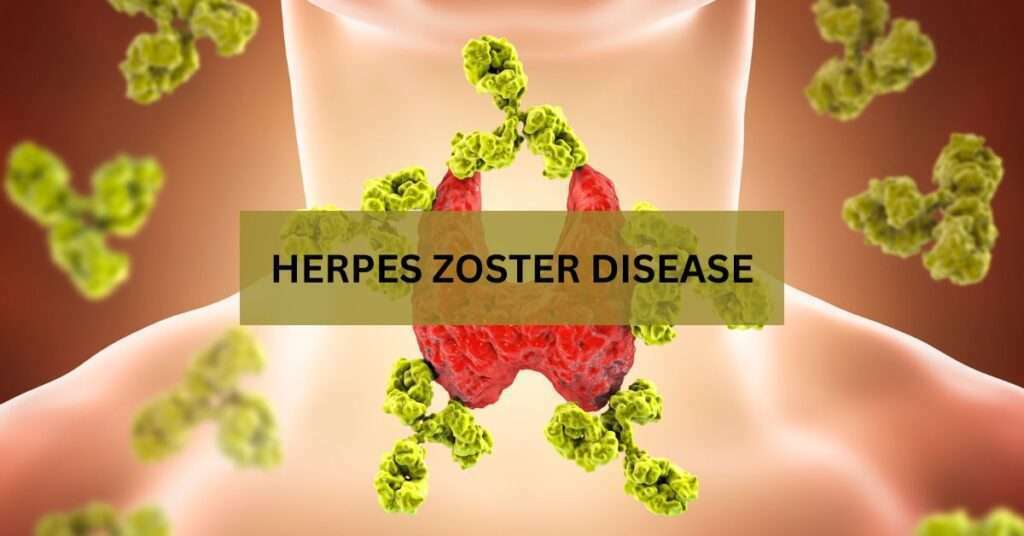Introduction
Herpes zoster, also known as shingles, is a viral disease caused by the reactivation of the varicella-zoster virus, which is the same virus that causes chickenpox. The virus remains dormant in the nervous system after a person has had chickenpox, and can later reactivate, causing herpes zoster. Understanding Herpes Zoster disease symptoms, causes and treatment may help you stay aware of the disease and respond effectively.
The disease is characterized by a painful, blistering rash that typically appears on one side of the body, although it can occur anywhere. The rash is usually accompanied by other symptoms, such as fever, headache, and general malaise.
Causes
The varicella-zoster virus is highly contagious and can be spread through contact with the fluid from shingles blisters. However, the virus cannot be spread through coughing or sneezing. Once a person has had chickenpox, the virus remains dormant in the nervous system. However, in some people, the virus can reactivate later in life, causing herpes zoster. Understanding Herpes Zoster disease symptoms, causes and treatment is very vital.
There Are Several Factors That Can Increase The Risk Of Developing Shingles, Including:
- Age: The risk of shingles increases as people get older.
- Weakened immune system: People with weakened immune systems, such as those with HIV or those taking immunosuppressive drugs, are more susceptible to shingles.
- Stress: Stress can weaken the immune system and trigger a shingles outbreak.
- Certain medical conditions: People with certain medical conditions, such as cancer or autoimmune diseases, are at higher risk of developing shingles.
Symptoms
The symptoms of herpes zoster usually begin with pain or tingling in a specific area of the body, such as the chest, back, or face. This is followed by the appearance of a red, painful rash that develops into small blisters. The blisters will eventually burst and form scabs, which will then fall off.
Other symptoms of shingles may include:
- Fever
- Headache
- A general feeling of malaise
- Itching or burning sensation
- Sensitivity to touch
The rash typically lasts between two and four weeks, although some people may continue to experience pain or discomfort for months or even years after the rash has cleared.
Treatment
There is no cure for herpes zoster, but antiviral medications can help to shorten the duration of the disease and reduce the severity of symptoms. Pain relievers, such as acetaminophen or ibuprofen, can also help to alleviate the pain associated with shingles.
In addition to medication, there are several things that people with shingles can do to manage their symptoms and speed up the healing process, including:
- Keeping the affected area clean and dry
- Wearing loose-fitting clothing
- Applying cool compresses to the affected area
- Taking a cool bath or shower
- Getting plenty of rest
In some cases, shingles can lead to complications, such as nerve damage, vision loss, or skin infections. It is important for people with shingles to seek medical attention if they experience any of these symptoms.
Prevention

The best way to prevent shingles is to get vaccinated. The shingles vaccine is recommended for adults over the age of 50, even if they have already had shingles. The vaccine can significantly reduce the risk of developing shingles and can also reduce the severity of symptoms if a person does develop the disease.
In addition to vaccination, there are several other things that people can do to reduce their risk of developing shingles, including:
- Maintaining a healthy immune system through regular exercise, a balanced diet, and adequate sleep.
- Managing stress through relaxation techniques, such as meditation or yoga.
- Avoiding close contact with people who have shingles, particularly if they have open sores.

